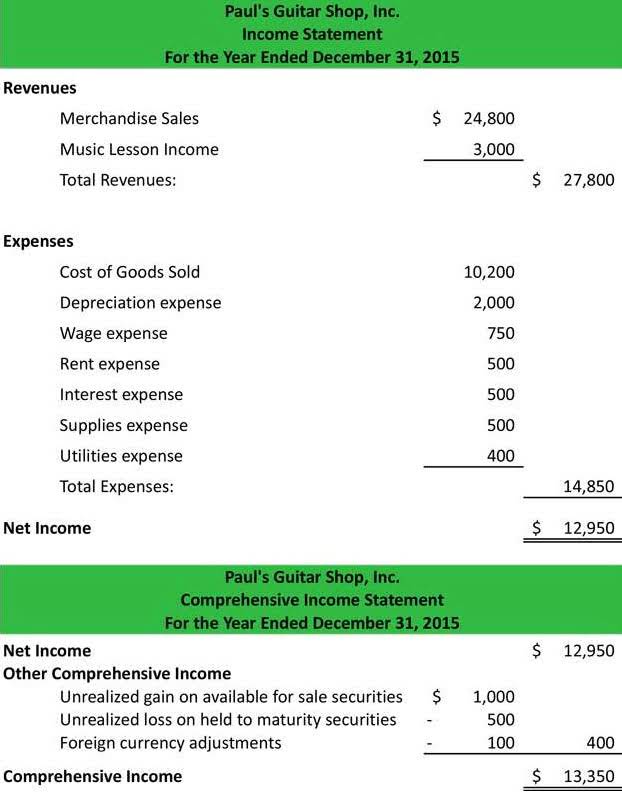
Manual accounts receivable processes wrack up unnecessary costs and errors for businesses. Read on to learn the most common AR challenges and how automating your AR processes can help. Accounts receivable refers to the money that customers owe a company for services or goods received. On the other hand, accounts payable refers to funds a business owes for supplies, software, contract labor expenses, and more. Join BC Krishna, CEO of Centime, to explore how AR automation can transform your collections process, improve cash management, and delight your customers. Peakflo’s Invoice module allows you to create and send professional invoices automatically with customizable line items, discounts, and tax rates.
Best Automated Invoicing Software of 2024
- As a result, this reduces the workload for your company’s accountants and accelerates payment collection from customers by offering a variety of convenient payment methods for their selection.
- This insight allows you to adjust your credit terms or estimate higher bad debt during those periods.
- The allowance method requires estimating potential losses and adjusting your account over time.
- Get a 360° view of your collections’ performance with Chargebee Receivables’ intuitive AR dashboard.
This ensures that payments are processed instantly, reducing the day’s sales outstanding and enhancing your financial efficiency. Now that you know all the accounts receivable automation best practices, get started today with InvoiceSherpa! Our comprehensive solution for streamlining accounts receivable management is the #1 choice for small and mid-sized companies alike.

How HighRadius Can Help In Accounts Receivable Management?

Uncollectible accounts provide important information on a business’s credit policies and consumer behavior. For example, suppose a business observes a consistent or increasing number of uncollectible accounts. This may indicate that the company is extending credit to high-risk customers and needs to tighten its vetting processes. The company writes off the uncollectible amount for accounting purposes by debiting the allowance for doubtful accounts and accounts receivable automation crediting accounts receivable. Once it is clear that the payment will not be collected, this bad debt is recorded as an expense on the income statement.

Latest Articles
- Connect with the Cadency team to find out how our solutions can help advance your business.
- Paper-based invoices take time to generate, can get misplaced and are time-consuming to track.
- Going with an all-in-one solution means you don’t need to worry about finding accounts receivable software that integrates with your accounting software.
- As more time passes without payment, the amount may be moved to “doubtful” accounts.
It is straightforward and works well for businesses with consistent sales patterns. AR automation project timelines depend greatly on the software you’ll be using, the complexity of your AR workflow, and your accounting system. But, on average, it takes a few weeks to fully implement an AR automation tool. Accounts receivable requires you https://www.bookstime.com/ to move numbers around and complete potentially complicated transactions. It helps to reduce human error, keeping your books cleaner and making your team more efficient.


Consider the scalability of the software to accommodate future growth and changes fixed assets in technology. After laying out your goals and discussing the needs key stakeholders throughout the business have, you’ll be in a much better place to understand what you need in a software. Compare features, pricing, and expert reviews for your business software needs – all in one place. We believe everyone should be able to make financial decisions with confidence.
- After extensive research and leveraging my experience, I’ve shortlisted and reviewed the best accounts receivable automation software to help you optimize your collections process.
- By using automated invoicing, businesses can speed up the process, reduce errors, and accelerate the entire invoicing cycle.
- By reducing hands-on labor anderrors, efficiencies are created, and customer payment experiencesare improved, making cash flow more predictable and secure.
- It is about knowing when to recognize a loss, understanding the best methods to account for it, and setting up strategies to prevent it in the future.
- The key to success here is to first evaluate your needs and then choose one of the tools that can help you be more efficient.
- But for smaller firms or companies with fewer receivables, it’s important to consider how much these tools could potentially improve AR workflows compared to the cost of the software.
So – let’s get into the accounts receivable automation best practices so you can hit the ground running. AP automation is the process of automated accounts payable functions within the business. For example, paying invoices for goods or services received, scheduling payments and managing suppliers, contractors and staff. As you can see, the accounts receivable management process has several moving parts. From generating the correct invoice, ensuring the right payment terms are on the invoice, to debt collections, the process can become cumbersome and quite time-consuming. There’s a bajillion factors that come into play when wanting to use AP automation software the ‘right way’, and so many reasons to get automating if you haven’t already.
The last and most important step is to get buy-in from all the key stakeholders and decision makers. Make sure everyone involved in the project understands how effective the system will be and why it’s a worthwhile investment. It is important to clarify them beforehand instead of trying to do too many things in one go or worse, trying to automate every process. Depending on the size of your organization, stage, and complexity of your business, your goals and objectives of automation would be different.
